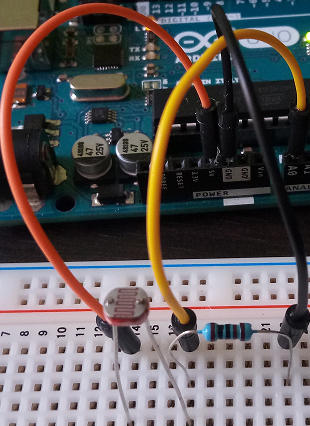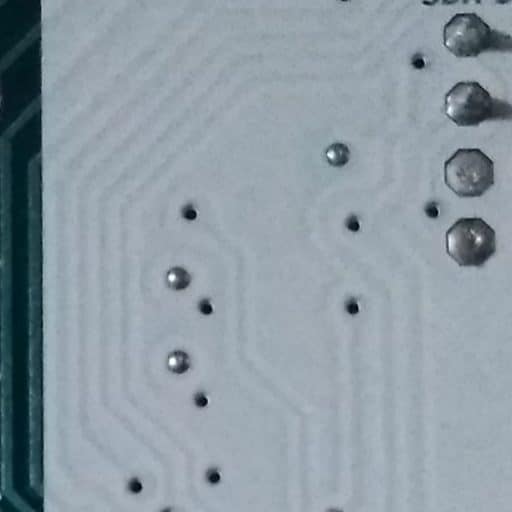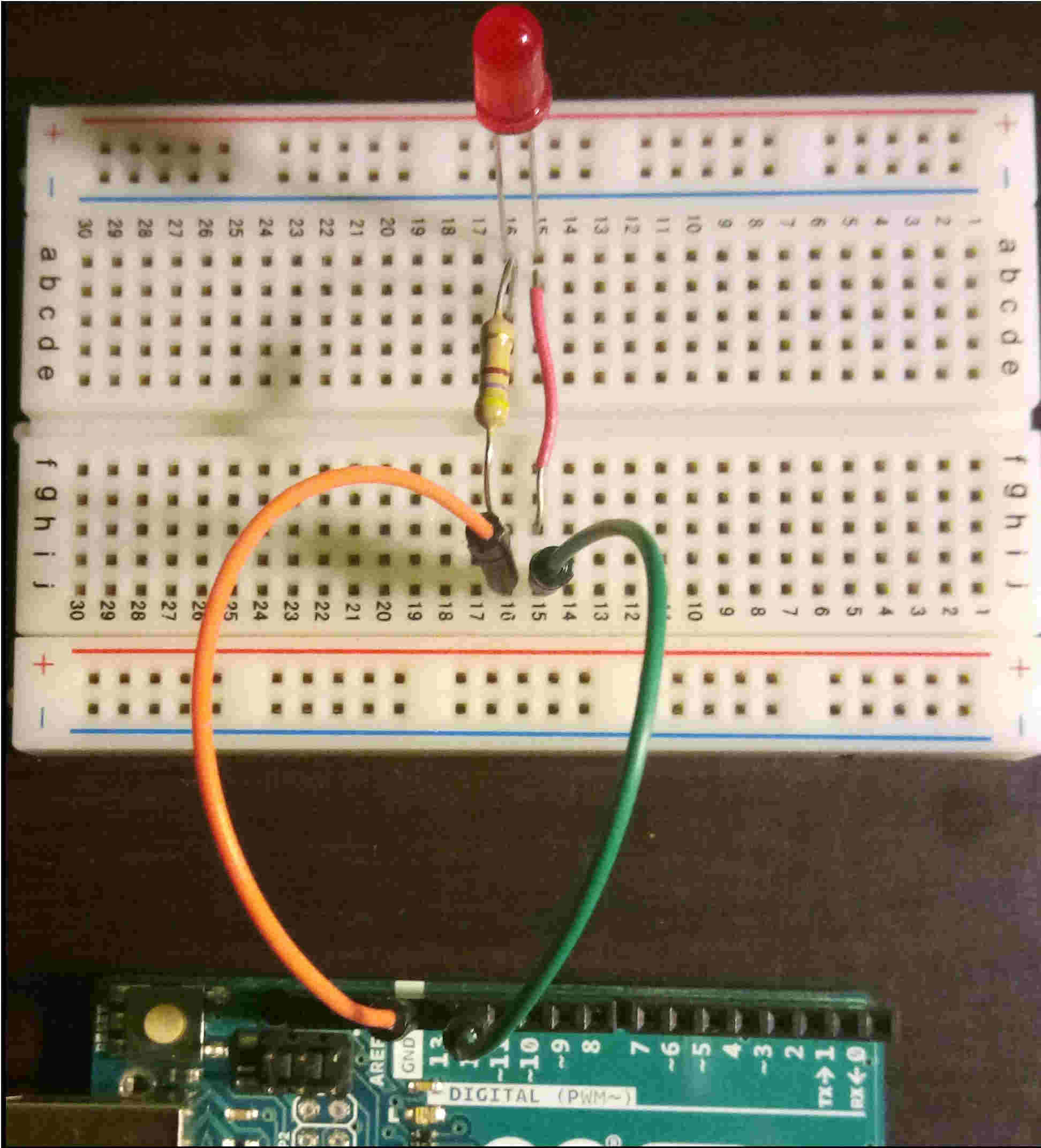What is Arduino
Arduino is an open-source platform for the creation of innovative prototypes and gadgets, aimed at creatives and designers, technology enthusiasts and students, experts and beginners. It integrates software and hardware elements and does not require advanced knowledge of programming and electronics for its use in the most diverse projects. The purpose of this blog is, in fact, to accompany the reader in the discovery of this fantastic electronic coupon, through which we will embark on a journey through coding, electronics and everything that gravitates around the world of makers.
Why Arduino
I chose to use Arduino for its simplicity of use, for the rapid learning curve (thanks to which you can immediately accompany the practice to the theory) and for the great availability on the net of documentation, code libraries and sketches. It is also a very cheap tool, which is not bad, especially for those who want to start a first project without investing too much in tools and manuals.
What can you do with Arduino
With Arduino it is possible to automate boring tasks, create toys and hobbies, tools for detecting the data transmitted by the world around us (and the intervention in response to certain events), but also, as I have already anticipated, learning programming while having a lot of fun. as much as electronics. It lends itself easily to the most varied uses, so much so that it is also the preferred tool for artists and creatives who intend to give new and unusual uses to everyday objects.
How Arduino is made
Arduino is presented as an electronic board containing a microcontroller of the megaAVR family, an integrated circuit installed on a printed circuit with reduced dimensions and consumption, equipped with a series of input and output peripherals; a sort of small computer capable of carrying out decision-making tasks, but with reduced functionality compared to a microprocessor. Being open source, anyone can build their own board, extend its functionality and contribute to the project by writing their own libraries and publishing their own schematics and sources. The official repository of the platform is available here, while the Arduino Uno scheme can be found at the link https://www.arduino.cc/en/uploads/Main/arduino-uno-schematic.pdf.
Types of Arduino boards
There are various types of Arduino boards, each of which has characteristics that lend themselves to particular needs:
- Arduino Uno: features a 16 MHz ATmega328 microcontroller; It features 14 digital input / output pins and 6 analog input pins, a service led connected to pin 13 and a reset button. It can be powered at 5 V DC (up to 9) both via USB cable and via power supply (the switch between the two takes place automatically thanks to an internal voltage regulator). For the purposes of this blog we will mainly use this tab.
- Arduino Mega 2560: similar to the previous one, it is equipped with 54 digital I / O pins, 16 analog input pins and some pins for modulation (PWM), suitable for controlling LEDs and motors.
- Arduino Leonardo: it is similar to the Uno, but equipped with a double serial input. It can perform tasks such as mouse and keyboard emulation. It has 20 digital I / O pins and 12 analog input pins.
- Arduino due: unlike the previous ones, it is equipped with an Atmel SAM3X8E Arm Cortex-M3 at 84 MHz, which makes it a real mini computer; has 54 digital ports and must be powered by internal 3.3V DC.
- Arduino micro: with small dimensions, which make it suitable for small spaces, it is equipped with a MicroUsb connector and 20 digital I / O connections, to be soldered directly on the board.
- Arduino LilyPad: operates at 8 MHz and has been designed to be sewn on clothes and fabrics in general.
Conclusions
We have seen what Arduino is, introducing its technical characteristics and the purpose of the platform, also mentioning the objectives of this blog. Thanks to this interesting electronic card, everyone can access the possibilities offered by coding and electronics, to give vent to all their inventiveness, intellectual curiosity and practical-craftsmanship virtuosity.
In the next article we will introduce the installation of the development environment and the first Arduino program.


